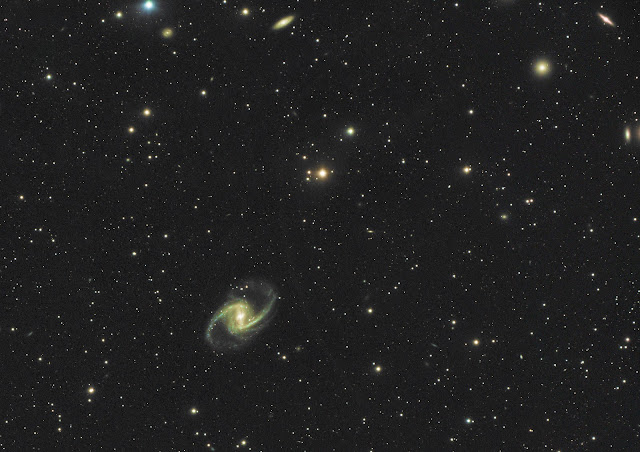Processing an LHaRGB image using monochrome and colour cameras, different pixel scales and Astro Pixel Processor

Nearly nobody reads these blogs, and so I’m going to write one which is pretty much for my own benefit. I normally take notes about my workflow. I rarely actually follow them, normally getting distracted and going off on tangents, but in this case I was so out of my depth (I even needed help from a Dutch expert) I decided to figure it out beforehand, actually follow it, and record it here. Perhaps someone will benefit from the work I've done. Perhaps that person will be me. If you’ve found this blog using Google, and you’re after the actual workflow, scroll down to the section called “processing the data”. Finally, a chance for a photo A couple of weeks ago I visited the ASV’s dark sky site. It was the first time I'd been there for a while (thanks to successive COVID lockdowns) and I was looking forward to taking a decent image. In the time, I’d taken other astrophotographs, but the aim of those was more as a test for equipment, rather than the image itself. No, this was a t...









